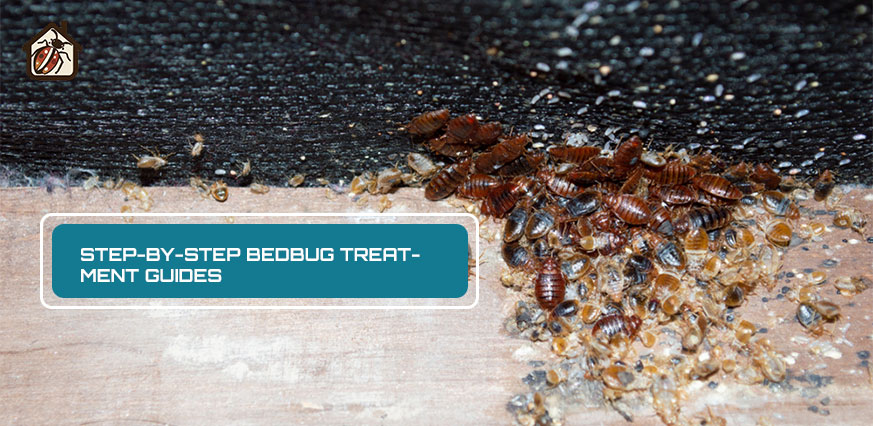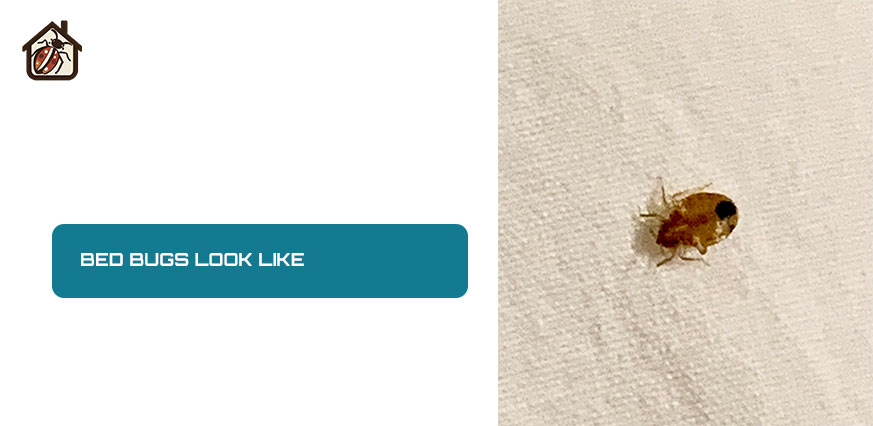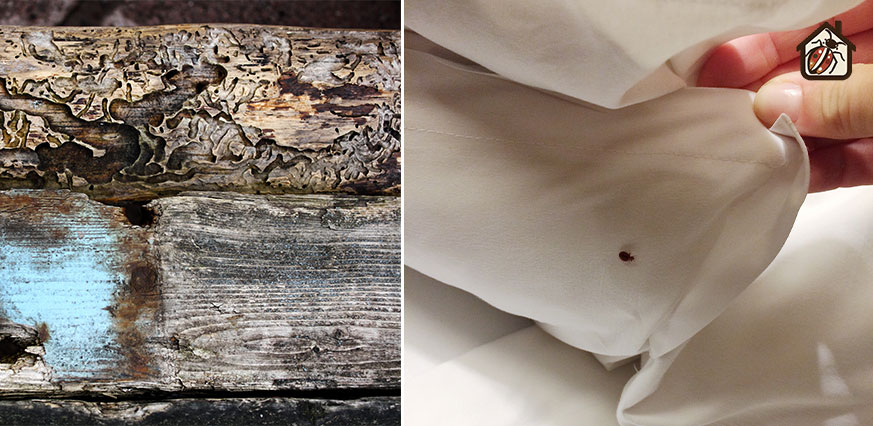 Bedbug Treatment: Imagine yourself relaxing in your cozy bed after a hard day at work, slipping off to sleep. The unexplained red welts that have suddenly formed on your skin overnight cause you to wake up itching them suddenly. Could it be a spider bite? A rash from that new laundry detergent? Nope, chances are you’ve just been paid a visit by the uninvited, nocturnal party animals – bed bugs.
Bedbug Treatment: Imagine yourself relaxing in your cozy bed after a hard day at work, slipping off to sleep. The unexplained red welts that have suddenly formed on your skin overnight cause you to wake up itching them suddenly. Could it be a spider bite? A rash from that new laundry detergent? Nope, chances are you’ve just been paid a visit by the uninvited, nocturnal party animals – bed bugs.
Dealing with bed bugs can be a genuine nightmare, but don’t worry; we’ve got you covered. We’ll go through how to get rid of these bothersome pests and get back to sleeping peacefully in our step-by-step bed bug treatment guide. Keep in mind that the keys to dealing with these little pests are tenacity and patience.
What Do Bed Bugs Look Like

what do Bed Bugs Look Like
Bed bugs are small insects, typically ranging from 4 to 5 millimeters in length. They have flat, oval-shaped bodies that resemble apple seeds. When unfed, they are generally a pale brown color, but after feeding, they become reddish-brown due to the blood they consume.
Features:
- Color: As mentioned, their color can change from pale brown to reddish-brown after a blood meal.
- Body: Their bodies are flattened, allowing them to hide in narrow crevices. This shape also makes it easier for them to move through tiny gaps.
- Segments: They have distinct segments on their bodies, including the head, thorax, and abdomen.
- Antennae: Bed bugs have short, four-segmented antennae that are situated near their heads.
- Legs: Six legs, each with tiny claws at the tips, help them to cling to surfaces like fabric and wood.
Where to Find Them?

Where to Find Them?
Bed bugs are experts at hiding, especially during daylight hours. They often seek refuge in the seams and folds of mattresses, box springs, and upholstered furniture. You might also find them in cracks and crevices of walls, floors, and wooden furniture. Dark and hidden spots near sleeping areas are their preferred hangouts.
You may also like:
- Dealing with Bed Bugs in Las Vegas Strip Hotels
- The Uninvited Guests: Dealing with Chiggers on Bed
- Introducing the Game-Changing Bed Bug Detector and Trap
- The Ultimate Guide to Bed Bug Proof Mattress Encasements
- Bed Bug Trap Interceptors: Your Ultimate Weapon Against Infestations
How To Get Rid Of Bedbugs: Step-By-Step Bed Bugs Treatment Guide
Step 1: Identification and Inspection
Before diving into treatment, let’s ensure we’re dealing with bed bugs. Check your mattress seams, cracks, crevices, and furniture near your sleeping area. Look for tiny reddish-brown insects, shed skins, and small blood stains.
Step 2: Decluttering and Cleaning
Clear the clutter to eliminate hiding spots. Launder all bedding, curtains, and clothing in the hottest setting possible. Vacuum thoroughly, paying extra attention to seams, edges, and corners. Seal the vacuum bag before disposing of it.
Step 3: Prep Your Space
Pull furniture away from walls and dismantle bed frames if possible. This step makes it harder for bed bugs to escape the treatment and helps you reach hidden spots.
Step 4: Choose Your Treatment Approach
You have several options for treatment: DIY or professional assistance.
DIY Treatment:
- Heat Treatment: Wash infested items with hot water, and dry on high heat for at least 30 minutes. You can also use a handheld steamer to treat cracks and crevices.
- Cold Treatment: If it’s winter, leave infested items outside in freezing temperatures for several days.
- Diatomaceous Earth: Sprinkle this natural powder in infested areas. It dehydrates and kills bed bugs by damaging their exoskeletons.
- Encasements: Cover your mattress and box spring with bed bug-proof encasements to trap and starve the bugs.
Professional Treatment:
- Pesticides: Pest control professionals use specially formulated insecticides that are effective against bed bugs. Follow their advice for pre-treatment preparation.
- Heat or Steam Treatment: Professionals use industrial heaters or steamers to raise temperatures and kill bed bugs.
Step 5: Prevent Re-infestation
Prevention is better than cure! Take these steps to avoid another bed bug encounter:
- Regular Cleaning: Vacuum and clean your sleeping area regularly.
- Inspect Second-hand Items: Carefully inspect used furniture or clothing before bringing them home.
- Travel Smart: When staying in hotels, inspect your room for signs of bed bugs and keep your luggage off the floor.
Step 6: Monitor and Follow-up
Even after treatment, keep an eye out for any signs of bed bug resurgence. Bed bugs are persistent, so ongoing vigilance is essential.
FAQS:
Q: Where do bed bugs hide?
Q: How can I identify a bed bug infestation?
Q: Can I handle bed bug treatment on my own?
Q: What if I can't eliminate bed bugs on my own?
Q: How can I prevent a bed bug re-infestation?
Q: How do I know if bed bugs have returned after treatment?
Q: Are DIY methods enough for severe infestations?
Q: Can I get rid of bed bugs permanently?
Conclusion:
Treatment for bed bugs may be a bit of a process, but with the appropriate strategy, it is perfectly manageable. Recall that perseverance pays dividends. These techniques will help you get rid of bed bugs and get back to having pleasant nights of sleep whether you decide to do it yourself or hire a professional. We promise you sweet dreams and bug-free evenings!
Always keep in mind that every infestation may have particular features, so if you’re unclear or the infestation is serious, getting professional counsel is a wise decision.
